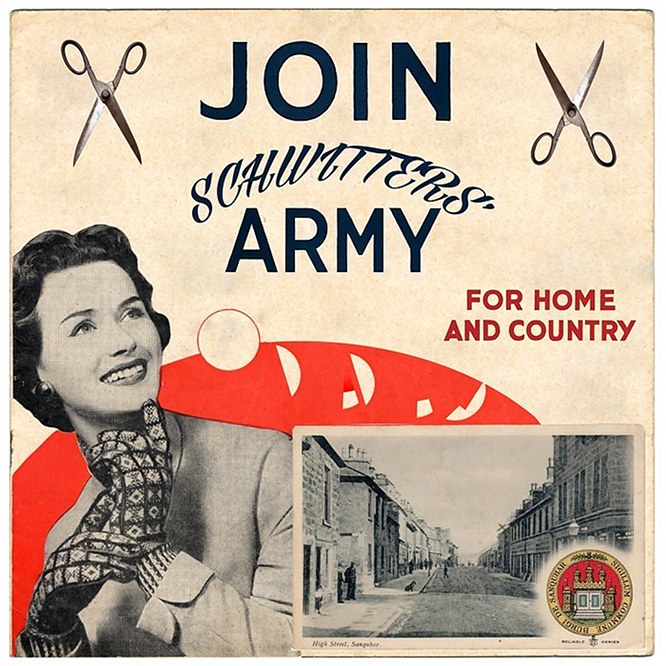“. . .this is what we do in the collage community: we engage, we exchange, we manifest with one another. We emerge into a new state of being together. That is what makes art powerful. It connects us and takes us into the future.”
— Ric Kasini Kadour
Any collage artist who maintains even a casual curiosity about the legacy of Kurt Schwitters has to be enthusiastic about developments in Sanquhar. As someone who employs this space to exalt the “Master of Merz” without apology, I now feel compelled to praise Ric Kasini Kadour and his worldwide call to built a Schwitters’ Army collection of collage artwork at the center for learning established by David Rushton in the Scots town. Needless to say to an audience that visits this site with an interest in all things collage, Ric has made an impressive effort over the past few years to raise the level of discourse about a medium to which so many of us have dedicated ourselves. From Kolaj Magazine to Kolaj Institute to Kolaj Fest, he’s been making his mark for some time and clearly doesn’t intend to rest on his laurels.
over the past few years to raise the level of discourse about a medium to which so many of us have dedicated ourselves. From Kolaj Magazine to Kolaj Institute to Kolaj Fest, he’s been making his mark for some time and clearly doesn’t intend to rest on his laurels.
As part of his curatorial efforts at MERZ Gallery, he has asked contributing collage artists to answer a few questions. As I prepare to ship my donation to the cause, I’ll publish my supporting remarks here for your potential interest.
Next time: a look at the artwork and my thoughts about the context of its creation.
What is your origin story? When did you first start making collage seriously?
The first collage art that I remember creating was in the 4th or 5th grade, probably in 1961 or 1962, when I used sample chips of color from a paint store to cut and paste a mosaic-like image that won the “Poppy Day” poster contest. It’s always stood out in my memory. I thought of myself as an artist from that point forward. Nevertheless, up into high school, I would feel the lack of any competent art instruction as a keen deprivation. I convinced my parents in 1967 to enroll me as a charter student in the home-study course co-founded by Norman Rockwell called “The Famous Artists Course for Talented Young People.” Unlike the successful version for adults on which it was patterned, the package of guided assignments for teens would fail in the marketplace, but not before exposing me to a diversity of fine and applied art mediums, including collage.
Who was the first collage artist you connected with?
The Famous Artists Course would bring to my awareness many influences in the area of collage and assemblage, including Fred Otnes, Robert Rauschenberg, Louise Nevelson, Joseph Cornell, and Kurt Schwitters. Although I didn’t understand his technical methods, I initially attached my affection to the visually comprehensible Otnes, and I’d emulate his montage approach throughout my years as a professional illustrator and designer. In contrast, a series of breakthroughs in my journey to unravel the Merz of Schwitters would take another forty years, culminating in my first solo exhibition as a collage artist in 2007.
How do you connect with the collage community?
I began writing about collage and showcasing my practice at “The Collage Miniaturist” in 2012. Since then, beginning with fellow artists in Kentucky who work in the medium, I’ve collaborated with a body of dedicated collage artists. I’ve also regularly entered pieces in national and international calls for collage and submitted my work to landmark exhibitions and permanent collections. Believing that cross-pollination in collage through worldwide virtual communities is a vital force in the so-called “Post-Centennial” collage movement, I follow hundreds of active collage artists through social networks. As much as possible for someone who continues to sustain an ongoing studio and exhibition schedule, I regularly comment on trending topics and answer questions in the digital realm.



